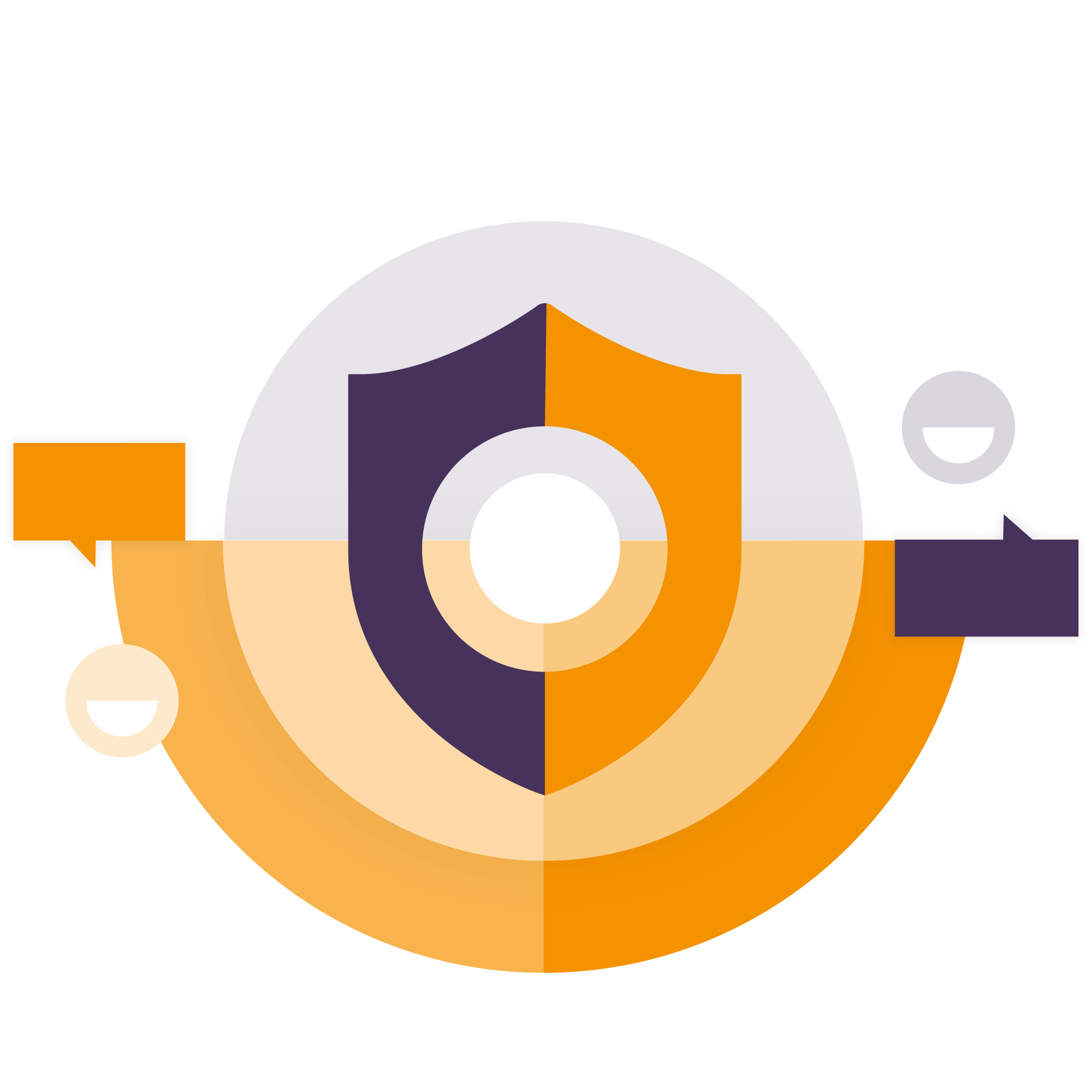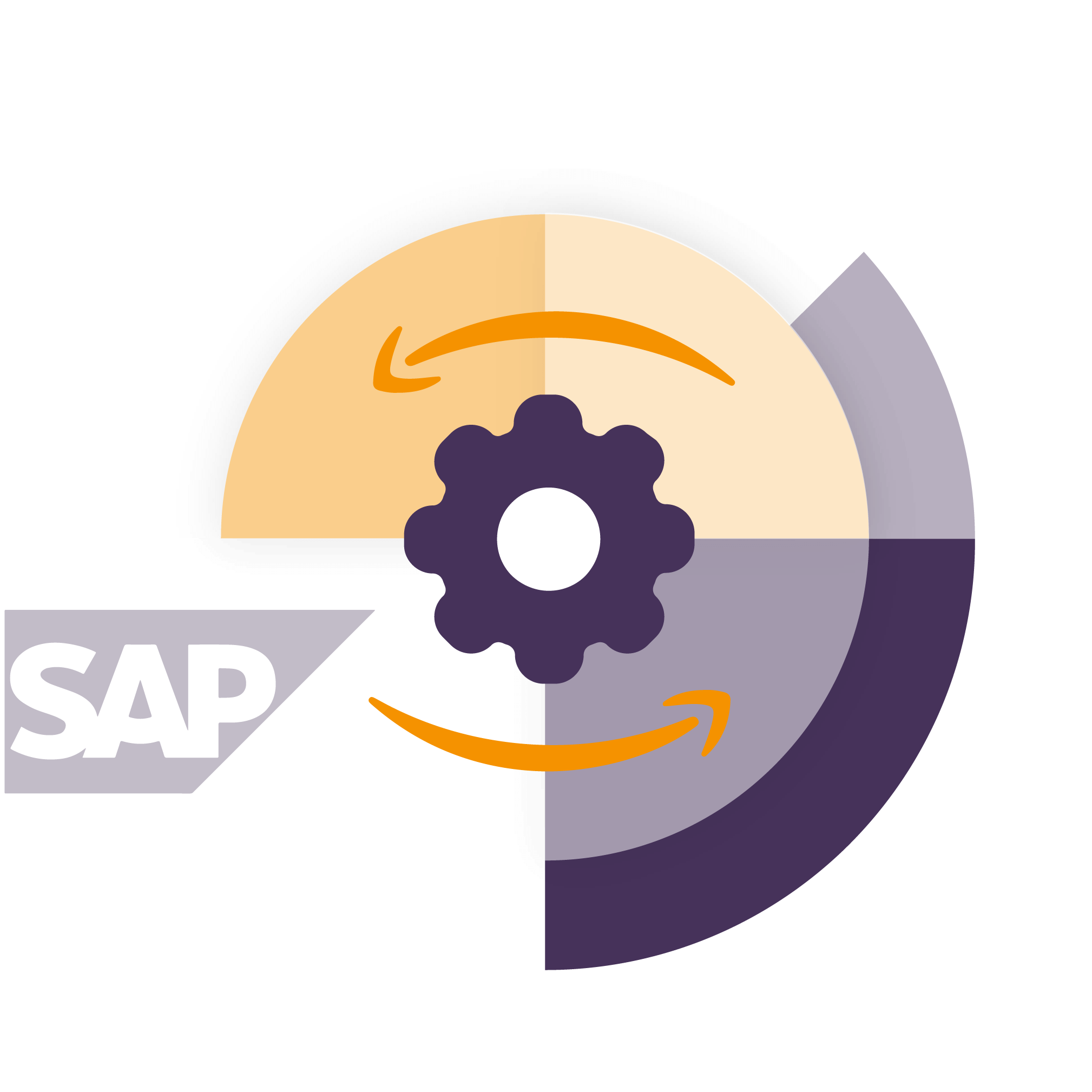Cloud migration



01 - The challenge
01
The challenge
The cloud is the engine of today’s innovation, the foundation of the digital transformation. In many cases complex interconnected systems need to be migrated to the cloud which can raise a number of issues. The architecture and life cycle of traditional applications as well as the associated cost models and operational processes in the cloud may require optimization and redesign. Applications running on today’s modern cloud platforms are expected to take advantage of the flexibility and scalability provided by the cloud.


02 - The solution
02
The solution

The decision-making process and predictability of cloud migration can be translated into two basic issues:
- What will my company gain from using the cloud in the short medium and long term? How does my business advantage come from this?
- What changes and expenditures do I need to make in order for migration to take place in the most optimal way?
TC2 team provides full support from the migration planning phase to the successful implementation of projects to system follow-up and operational support. The steps and elements of cloud migration are:
- Decision process preparation: availability needs assessment, cloud architecture design, architecture optimization suggestions, cost estimation, TCO calculation.
- Delivery of Proof of Concept project to validate cloud architecture, performance, integrations and costs.
- Optimization of development and operation processes, automations (DevOps).
- Design of a test and sharp system.
- Live system migration and deployment: data, configurations, DNS migration and migration to the new cloud system.
- Follow-up, regular review and optimization throughout the application lifecycle.

For more information on the migration process, watch our presentation on the subject: https://bit.ly/3gfyaAU

Related case studies

E.ON
Within the framework of the large-scale cloud transformation project, E.ON wanted to modernize its systems and applications with the help of cloud technology.
Richter
Richter Gedeon has requested expert support from TC2 for application hosting developed for AWS.
Doqsys
DOQSYS required a higher availability and easier to operate environment that flexibly follows needs in terms of both resources and costs.
Vodafone
Vodafone's Hungarian subsidiary wanted to run at least 40% of its IT workflows in the cloud, looking for a strategic partner.
Transcend
Transcend has asked TC2 to develop and operate its existing AWS-based platform.
Perfect Play
Perfect Play wanted to run WordPress / PHP-based pages more efficiently and reliably.
Endless Flux Labs
Endless Flux Labs planned to migrate high-traffic news sites to a well-scalable cloud platform.
SEON
SEON faced architectural challenges for which it sought external support from TC2 experts.

See our other case studies!
Other solutions


24/7 Managed Services
Although operation and support go hand in hand, ensuring the proper and efficient functioning of the system does not require 24/7 service, in contrast to support, whose failure-related tasks - troubleshooting, fault escalation, problem management, disaster prevention - require high availability due to their criticality. And of course, a 24/7 on-call support according to ITIL regulations requires at least 5 qualified support professionals due to the 3 shifts, vacations, and illnesses. And the majority of customers rarely have this number of employees, especially in the field of cloud-based computing, which is still new today but is emerging.

TC2 MAP (Migration Acceleration Program)
The use of cloud computing and digitalization is a prerequisite for improving the efficiency of business operations, the ability to adapt to market changes, the development of elasticity agility and optimal cost structures.

SAP on AWS
SAP systems play a key role in the everyday processes of many companies worldwide. They require special hardware and extremely high availability being business-critical systems. With the introduction of the SAP HANA database and the retirement of SAP support for alternative databases, it will be essential for hundreds of companies to switch platforms in the next 5-10 years. However, this can be a risky project in a traditional environment because of the magnitude of hardware estimation, acquisition, and lifecycle tracking.
